 Markets & Macro
Markets & Macro
News
Stay on top of the latest hedge fund news with Hedge Fund Alpha! The investment world is always in motion, so it’s never been more important for investors to stay informed on what hedge funds are doing. We bring you timely, accurate reporting on top hedge funds like ValueAct, Citadel, Greenlight Capital, Third Point, Pabrai Investment Funds and more. Dive into the diverse perspectives presented by Hedge Fund Alpha and go behind the headlines here. Hedge Fund Alpha is your go-to source of hedge fund news. From breaking news to developing stories, we have our fingers on the pulse of the hedge fund community and investment universe. Check out all the top headlines here with Hedge Fund Alpha.
 Markets & Macro
Markets & Macro
 Markets & Macro
Markets & Macro
Policy Shifts And Private Assets: The Changing 401(K) Landscape
 Value Briefs
Value Briefs
Investing Wisdom From The Oracle Of Omaha: Key Takeaways – LPL
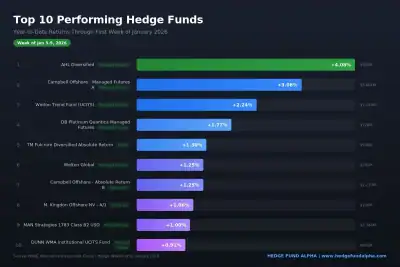 Hedge Fund News
Hedge Fund News
2025 Hedge Fund Winners Confirmed As Systematic Funds Gain Early 2026 Traction
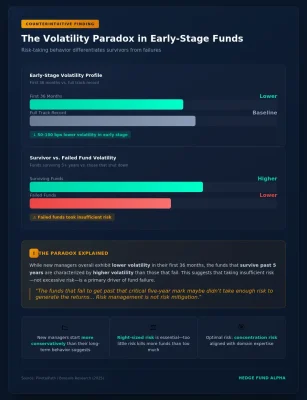 Hedge Fund News
Hedge Fund News
The Volatility Paradox: How New Hedge Fund Managers Can Turn Early Success into Long-Term Success [In-Depth Weekend Read]
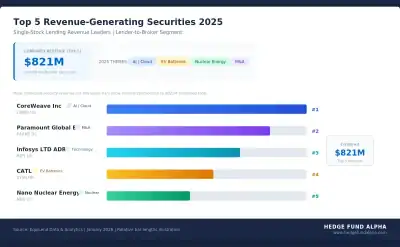 Markets & Macro
Markets & Macro
Global Securities Lending Revenue Hits $15B In 2025; These Were The Most Popular Stocks
 Press Releases
Press Releases
RPD Fund Management Caps Strong 2025: Fortress Delivers 34 of 35 Positive Months; Opportunity Fund Gains ~40%
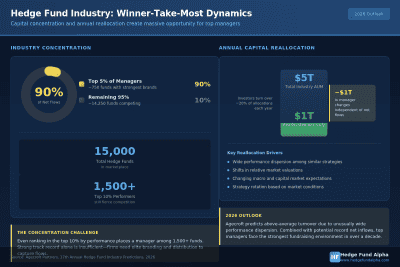 Hedge Fund News
Hedge Fund News
2026 Hedge Fund Trends: Mega-Funds, AI, Quants, And Talent Wars To Dominate Headlines
Year-End Hedge Fund Scorecard: Equitile M3 Returns to the Forefront
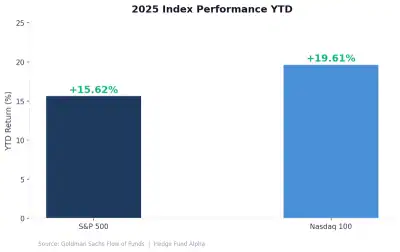 Hedge Fund NewsMarkets & Macro
Hedge Fund NewsMarkets & Macro
Low Vol, High Concentration, and $11 Trillion on the Sidelines: Goldman’s Fund Flow Review
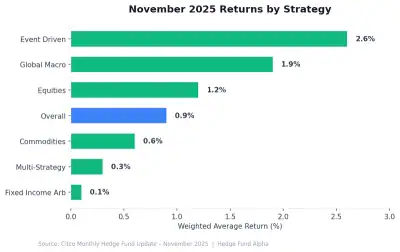
Hedge Funds On Strongest Streak In A Decade Posting Eight Consecutive Months of Gains
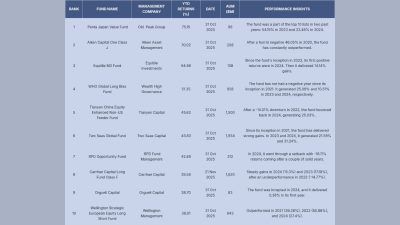 Hedge Fund News
Hedge Fund News
Top Performing Hedge Funds In 2025: Penta Japan Value In Lead Up 75% YTD, And High Flying Crypto Fund In Last
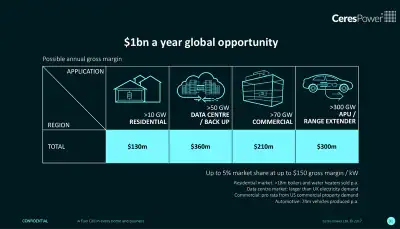 Hedge Fund News
Hedge Fund News
Grizzly Research: Ceres Power’s Revenue Is Tiny; Story Is Hype
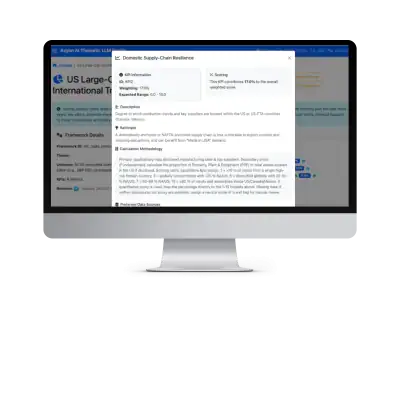 Press Releases
Press Releases
Axyon AI launches game-changing Agentic AI platform for thematic investing: Axyon Foresight
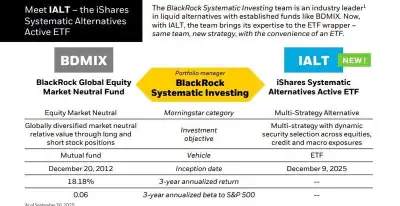 Press Releases
Press Releases
BlackRock Expands Liquid Alts with New Multi-Strategy Active ETF IALT
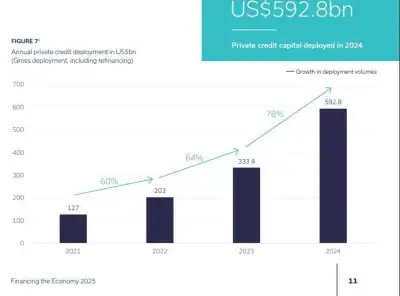 Press Releases
Press Releases
Strong growth sees private credit market reach $3.5 trillion
 Value Briefs
Value Briefs
Berkshire Hathaway Announces Leadership Appointments; Todd Combs To Leave & Join JPMorgan
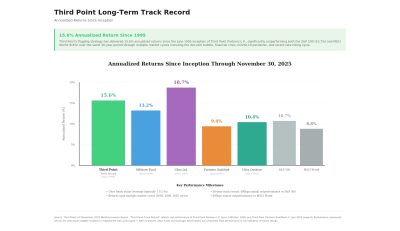 Hedge Fund News
Hedge Fund News
Third Point Dumps Primo Brands Amid “Overestimate”; Sells Out Of Meta & Apollo, Reduces Amazon Stake [Exclusive]
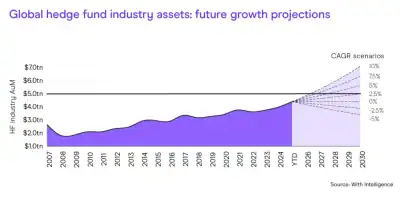 Press Releases
Press Releases
Hedge Fund AUM Could $7 Trillion By 2030; UAE Fund Launches Soar; Smaller Multi-Strat Catch Up: HFR
 Press Releases
Press Releases

